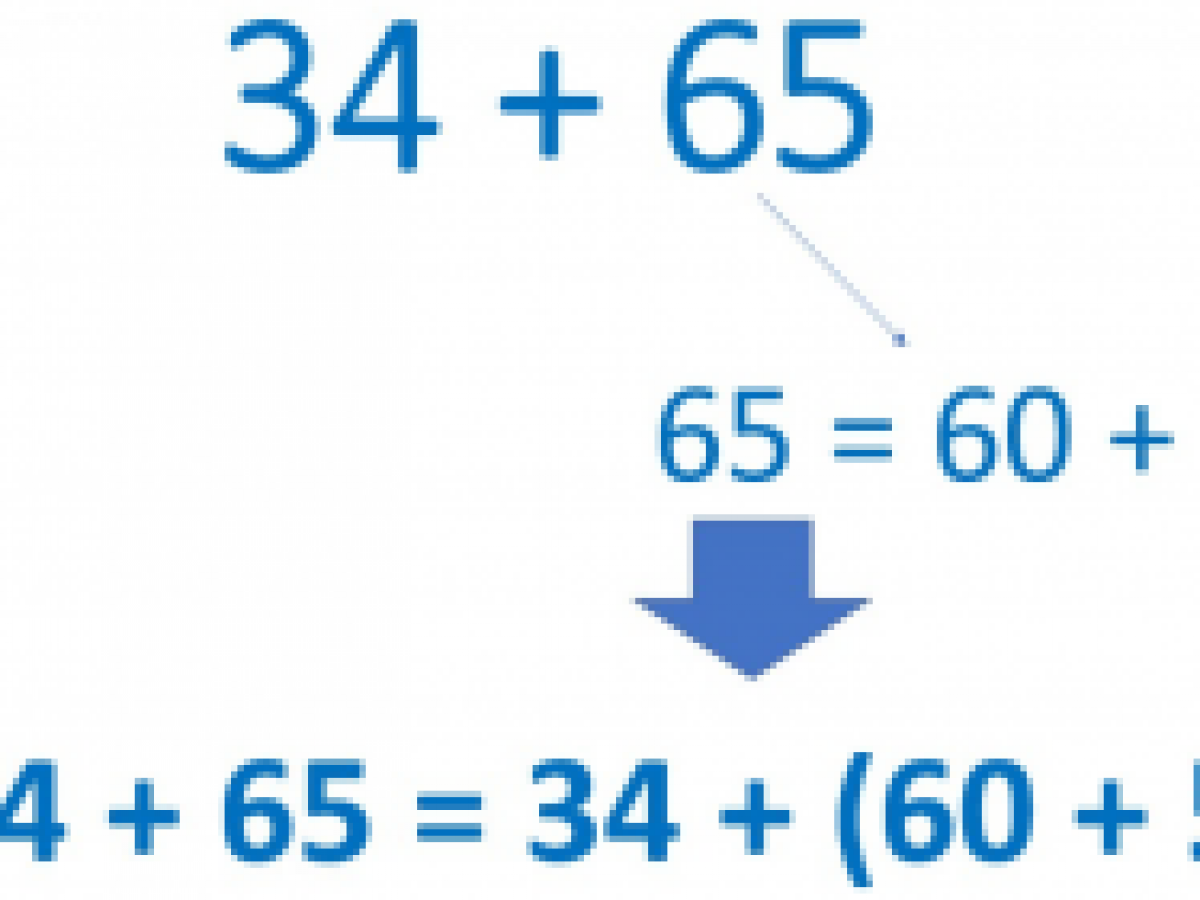

matrix determinant remains the same in spite of mutual a nα n are called "the members of the determinant".įirst of all, det = det t, i.e. The elements a ij of А matrix is also called "the elements of the determinant |А|".Ĭompositions (-1) ea 1α 1a 2α 2.

The order of the determinant is the same order as its matrix. In the permutation of second indexes (α 1, α 2. Instead of the factor (-1) e can write the sign sgn(α), which is positive for an even number of inversions and negative for odd number of inversions

a nα nįrom the present matrix elements (with zero elements, some of themare zero).ĭeterminant is equal to the sum of all such compositions made with the sign (-1) e where е - the number of inversions in the permutation of second indexes The it is possible to form the same quantity of compositions a 1α 1a 2α 2. , α n) of set of numbers from 1 to n.īecause the number of all permutations from n numbers equals n! ( n factorial), If we'll place first indexes in the ascending order, like it have been done above, then the aggregate of second indexes will form permutation This means that all of the first just like all of the second indexes must differ. In other words, it must contain one element from every line and every column. a nα nĮach of these compositions must contain elements of the matrix a ij aijwhich are located in different lines and different columns. The general expression for the determinant matrix n-th order is usually given in the form:Īt the right side there is a sum of compositions in form like a 1α 1a 2α 2. For every square matrix A of order nwith real or complexĮlements we can uniquely associate a real or complex number D, which is called the determinant of А.


 0 kommentar(er)
0 kommentar(er)
